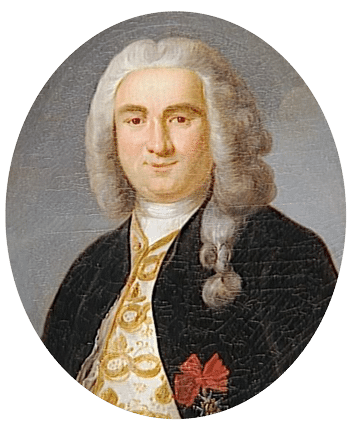The Search for Drinking Water Led to the History & History of the Seychelles
In August 1742 started the history of the Seychelles, because it sailed Lazare Picault with the ships Elisabeth and Charles, by order of the French Admiral Bertrand François Mahé de La Bourdonnais, into uncharted waters within the Indian Ocean. 
On the journey one looked in vain for a place with drinking water. Three months and almost at the end, on November 19th, 1742, the command of Elisabeth saw an extraordinary, high island, unknown to him.
Exactly on 21 November 1742, late in the afternoon, just before sunset, the two ships reached the largest of the islands. Although they were close to darkness, an exploration party led by Lazare Picault decided to enter the island anyway and were rewarded by abundant fresh water, turtles and fish in rivers. Lazare Picault therefore named the island the L'Île d'Abondance, Island of Plenty.
Picault realized that he had discovered a new, unknown group of islands that would later become known as the Seychelles.
According to other records, Lazare Picault set off again on 7th December 1743 to the archipelago he had discovered in order to explore it further. On 28th May 1744 he again reached the island he had previously named - L'Île d'Abondance.
Seychelles history mentions that in honour of Bertrand François Mahé de La Bourdonnais, Lazare Picault then gave the island a new name and renamed it Mahé. On 15th June 1744, Picault set off for further travels and visited the nearby island of La Digue, which he first called Ìle Rouge because of its reddish granite rocks. He also visited Praslin, which he called Isle de Palmes because of its large palm groves, and the island of Frégate, which he baptized because of the large number of fregate birds.
By earlier records of the history of the Seychelles, from the years 1502, the Portuguese navigator Vasco da Gama, one knows, however, that Lazare Picault was not the first to see and enter the Seychelles.